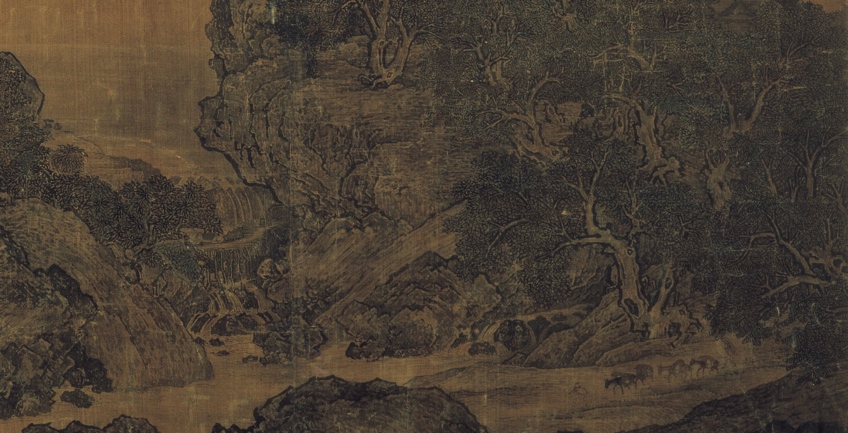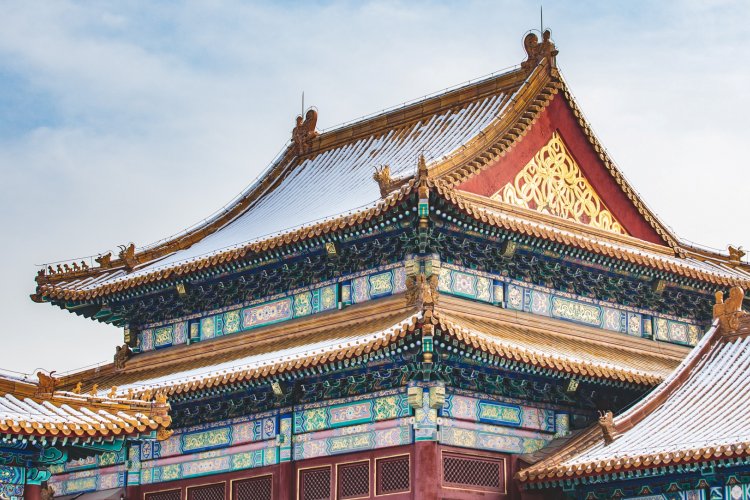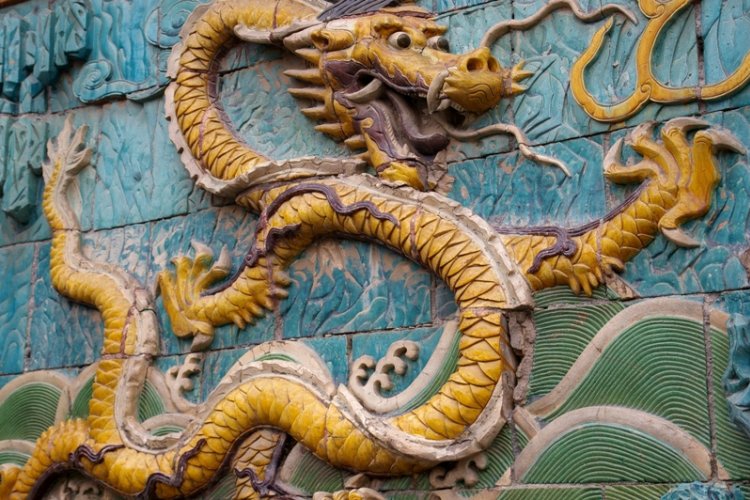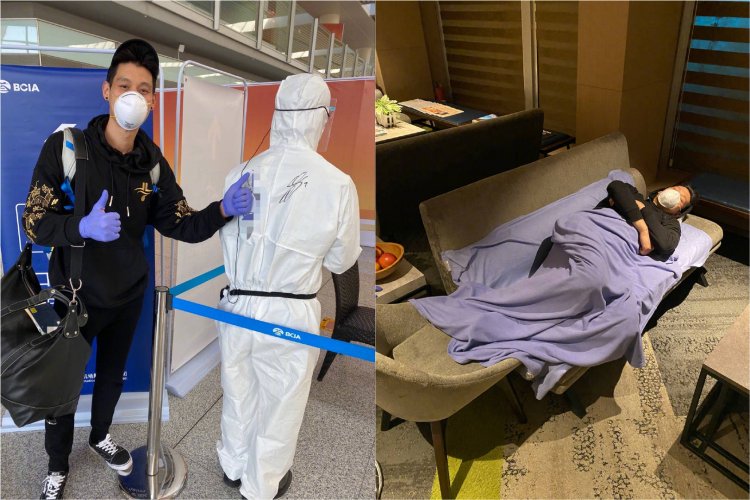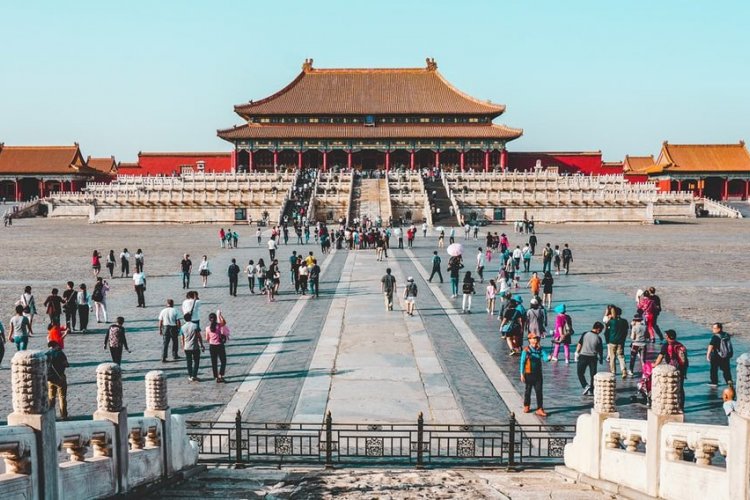Palace Feud: Taipei Museum Sues Forbidden City
It’s a battle royal with the Palace Museums of Beijing and Taipei locked in a lawsuit over who owns the copyright to some of China’s most famous paintings, state media reported this week.
A year ago, Taiwanese politician Ho Hsin-chun accused the Palace Museum at Beijing’s Forbidden City of illegally using images from three Chinese paintings currently held in the National Palace Museum in Taipei. The paintings, “Travelers among Mountains and Streams,” “Dwelling in Fushun Mountains,” and “Early Spring” had appeared in a book published by the Palace Museum in Beijing. Mr Ho alleged that copyright to those paintings belonged to the museum in Taipei and urged the curator there, Feng Ming-chu, to complain to the relevant authorities.
The relevant authorities in this case, China’s Copyright Administration, no doubt preferring to French kiss a vampire bat than get involved in cross-straits politics, punted the issue to the courts.
Chinese officialdom is skeptical of Taipei’s claim. Wang Jianmin, a researcher at the Chinese Academy of Social Sciences, told the China Daily that anything owned by the museum in Taipei belongs to all of China and so (and I'm paraphrasing here) the Taipei Palace Museum can go suck it.
The problem started over 60 years ago with who got to keep what when the two sides split in 1949.
While over one million pieces remain in the Palace Museum collection in Beijing, the Nationalist government removed many of the finest art and artifacts from Beijing prior to the Japanese invasion in 1937. Thousands of crates these antiquities then went with the Nationalists to Taiwan.
RELATED: Modern Structures to be Demolished, New Areas Opened to the Public at the Forbidden City
Basically, in the divorce Beijing kept the house but Taiwan got the furniture.
The case remains pending although a suggestion has been floated for the two museums to set up a red phone hotline in order to avoid future cross-strait curatorial crises.
Photo: khanacademy.org

